The 10 biggest beer producing countries
Data from BarthHaas, a leading global supplier of hops, offers an insight into the volume of beer produced in different countries across the world.
Though the 2021 figures are yet to be released, the data from 2020 offers a good indication of the brew world order.
Understandably, production in some countries declined due to the Covid-19 pandemic causing significant disruption to supplies of both labour and materials. Interestingly though, this was not the case globally.
However, with shortages of CO2 and barley in particular (the latter worsened by Putin’s invasion of Ukraine), 2022 can also be expected to be a leaner year for beer.
More than half of the beer produced worldwide is made in the top five countries on this list.
1) China – 341,110,000 hectolitres

As mentioned in our assessment of the top 10 biggest wine producing countries, official figures from the People’s Republic are of questionable reliability. However, despite some issues surrounding accuracy, it’s pretty clear that China is number one when it comes to beer production. China Res. Snow Breweries, Tsingtao Brewery Group and Yanking are responsible for 106.9, 80 and 35.3 mill hl respectively – almost two thirds of the total amount for the country. These three groups produced an estimated 12.2% of the world’s beer in 2020.
2) US – 211,166,000 hl
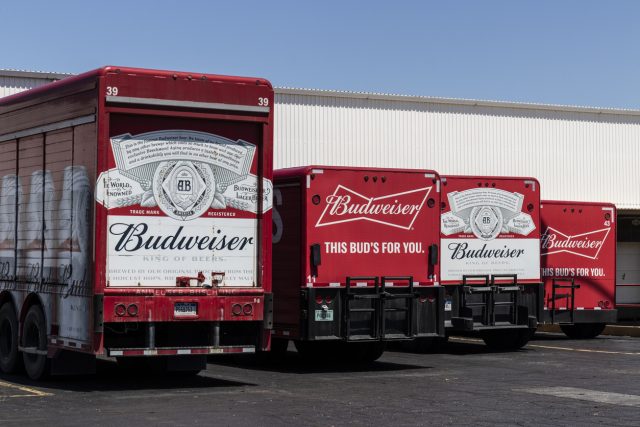
Land of the free, home of the brave – and also home to quite a few brewing giants too. Though Molson Coors was a merger between an American and a Canadian company, it is headquartered in Chicago. Constellation Brands is another. Budweiser, probably the best known American beer, is owned by Belgian behemoths AB InBev. Last year’s hop report from BarthHaas suggests that the area devoted to hop cultivation is increasing in the USA, with a further 791 hectares added in a 12 month period.
3) Brazil – 151,900,000 hl

Though Brazil might not be considered a heavy hitter in the world of brewing here in Europe, the country’s production is impressive. Growing by 7.1m hl from the 2019 level, there is only one Brazilian company in the top 40 biggest world brewers: Grupo Petrópolis at number 11. Brands such as Itaipava, Lokal Bier and Cerveja Petra may not be recognisable to international consumers, but the domestic market is huge. The IWSR also notes that Brazilian brewers’ resilience can be attributed to a “successful pivot to digital [ecommerce] and DTC [direct-to-consumer]”.
4) Mexico – 126,900,000 hl

Like Brazil, Mexico also witnessed growth from 2019. Grupo Modelo, owned by AB InBev, produces, among others, Corona. Despite the unfortunate name, the beer is still performing strongly. Incidentally, AB InBev produces a quarter of all the world’s beer. In the US, Grupo Modelo is distributed by Constellation Brands.
5) Germany – 87,027,000 hl
Partner Content
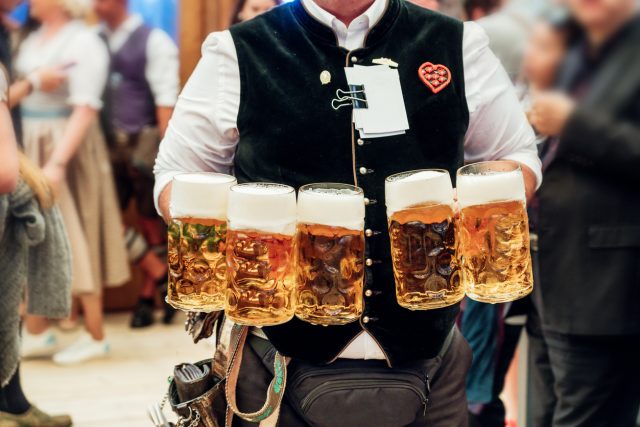
A list of beer-producing countries without Germany would feel wholly incomplete. The country which gave the world Oktoberfest and the term “lager” has arguably defined global beer and beer culture more than any other nation. Brewers of Europe also shows that they are, by quite a long pour, the biggest beer drinkers in Europe – consuming a cumulative 78,706,000 hl in 2020. Perhaps alarmingly, this was actually a record low.
6) Russia – 79,500,000 hl

For a brewing superpower, Russia’s influence on world beer seems minimal, but it is in fact symptomatic of the country’s isolation from western markets. According to the IWSR, Russian beer makes up just 1% of the global beer market. The remaining 99% is consumed domestically. Although sanctions on Russian exports may significantly change international vodka markets, they won’t necessarily register when it comes to beer sales.
7) Japan – 46,874,000 hl

Asahi and Suntory are the big Japanese brewing groups. There’s also Sapporo, the country’s oldest beer brand. Online beer sales, particularly during lockdowns, were of great importance. Despite growing demand for ready-to-drink beverages, beer demand has remained resilient. Though we might perceive Japan as a country dictated by tradition, change is not unheard of. Earlier this year, Asahi altered its Super Dry recipe as Japanese consumer tastes had changed.
8) Vietnam – 40,000,000 hl
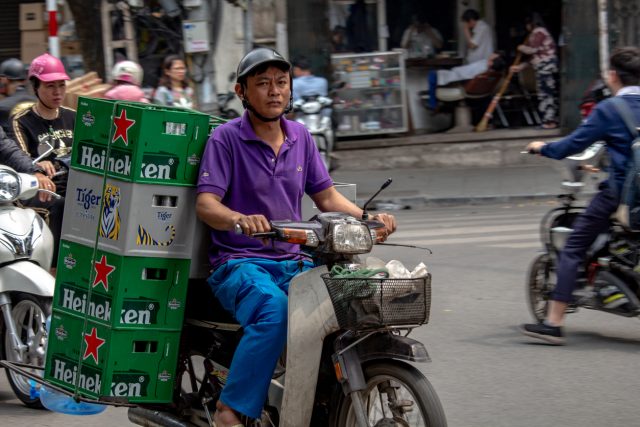
Reports from the IWSR of an emerging craft beer movement in Vietnam should not obscure the fact that the country remains a haven for big beer. The drinks industry often reflects geopolitical history, and the two dominant brewing groups in Vietnam are no exception. In the south in what is now known as Ho Chi Minh City, there’s Sabeco, Saigon Beverage Corp. In the north, there’s Habeco, Hanoi Beverage Corp. The former (now a subsidiary of ThaiBev) is approximately four times the size of the latter and produces Bia Saigon and 333 Premium Export Beer. Heineken and Carlsberg also have operations in Vietnam.
9) Poland – 38,420,000 hl
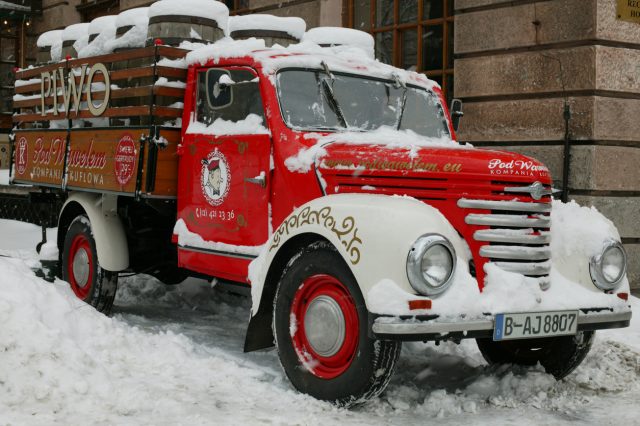
Much has been made of the rise of Polish beer production, but neighbours Germany and Russia are still squeezing ahead. However, its efforts are still admirable. The country has done particularly well in the no/low category, partly driven by a growing domestic market for such drinks. Breweries such as Van Pur SA have noticed the demand and responded. However, traditional beer consumption remains strong in Poland – possibly because it is very, very cheap to do so.
10) Spain – 34,738,000 hl
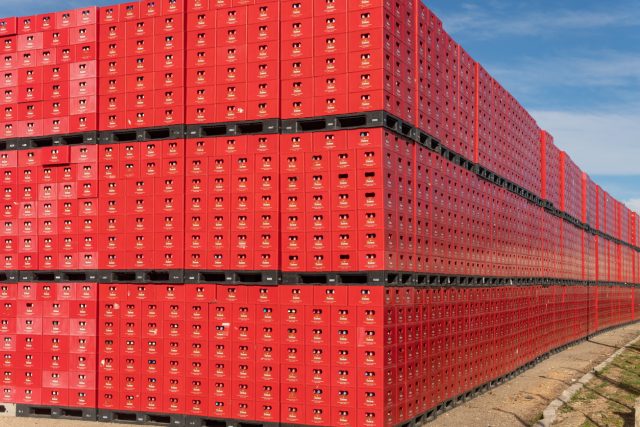
Spanish brewers have become a force to be reckoned with when it comes to making light continental lagers. There’s Estrella (Damm and Galicia), Cerveza Ambar and Mahou among many others. Despite what branding would like us to believe, Madrí Excepcional is actually brewed in Tadcaster, Yorkshire, not Castile. What’s slightly confusing is that, according to data from Brewers of Europe, 2020 exports of Spanish beer both intra and extra-EU are below those of Belgium, Germany, Netherlands, Czech Republic, United Kingdom and Poland at 3,680,000 hl. It only becomes more confusing when one considers the relatively low Spanish consumption of 50 litres per capita for 2020. It may be cleared up when one considers that the biggest drinkers in Spain are, in fact, tourists. Recent strikes threatened beer supplies, leaving boozy Brits soon-to-be abroad worried.
Despite the United Kingdom being known as a nation of ale aficionados, it just misses out on the list, sitting in 11th place. To see how the international rankings look for wine, click here.
Related news
Carlsberg Hong Kong expands no and low alcohol portfolio




